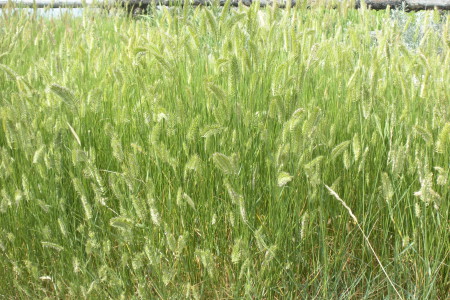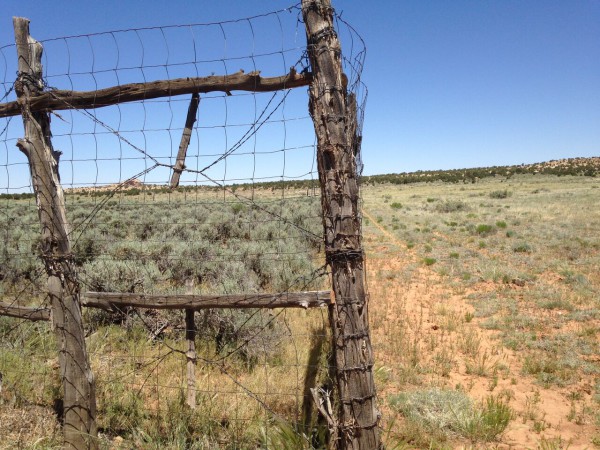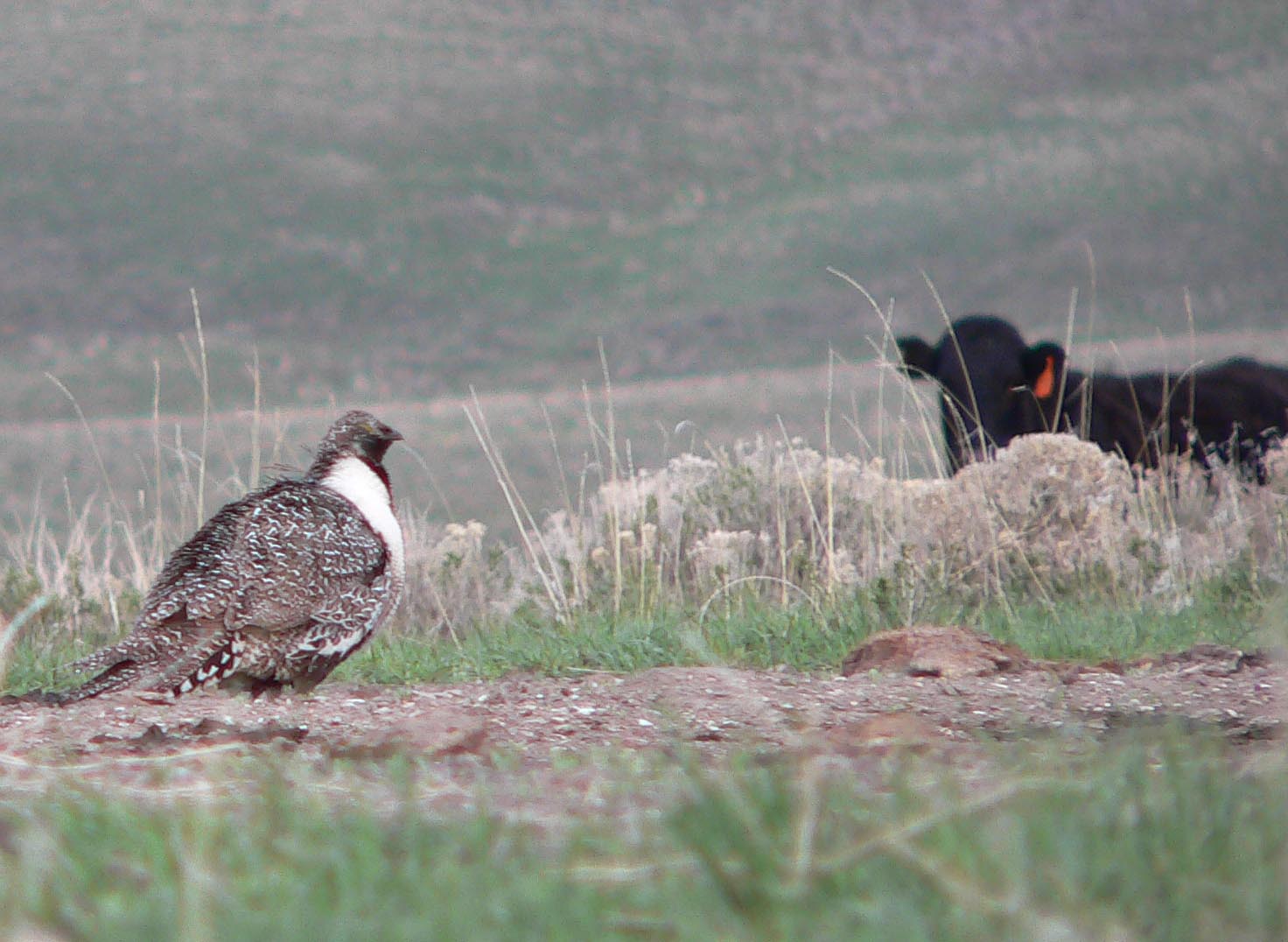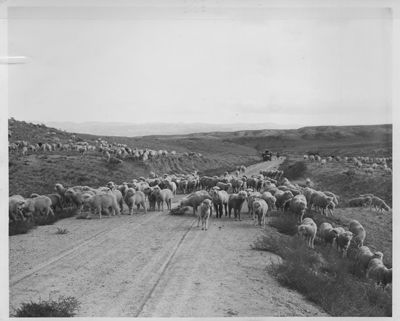I have no intention of arguing the constitutionality of the federal government owning land. The U.S. federal government has always owned land and at times a lot of land (think Louisianan Purchase). As I was researching the enactment of the Taylor Grazing Act, I wondered why does the federal government own so much land in the West? I knew that much of the land administered by the BLM is referred to as “the land nobody wanted,” but was keeping this land part of a plan or did the government just get stuck with the land? Federal Land Ownership: Overview and Data from the Congressional Research Service had the answer.
At the time of the homestead acts, the federal government enacted land laws with three distinct goals: 1) selling land to raise money; 2) homesteading to encourage settlement; 3) keeping some federal lands to protect our scenic treasures, as well as retain natural resources that would be needed for future use such as timber or mining. By the late 1800s, a preservation and conservation movement began in the U.S. It ensured that certain federal lands and resources were left untouched or reserved for future use.
During the 20th century, the government changed its view from disposing of land to keeping and managing federal lands. During debates on the 1934 Taylor Grazing Act, some western members of Congress agreed that transferring the federal lands to the states was unlikely, but language in the act left disposal as a possibility. It was not until passage of the Federal Land Policy and Management Act of 1976 (FLPMA) that Congress declared that federal public lands would not be sold.
Permanent federal land ownership was one several factors for the “Sagebrush Rebellion”, an effort that started in the late 1970s to push for state or local control over federal land and management decisions. This still continues today.
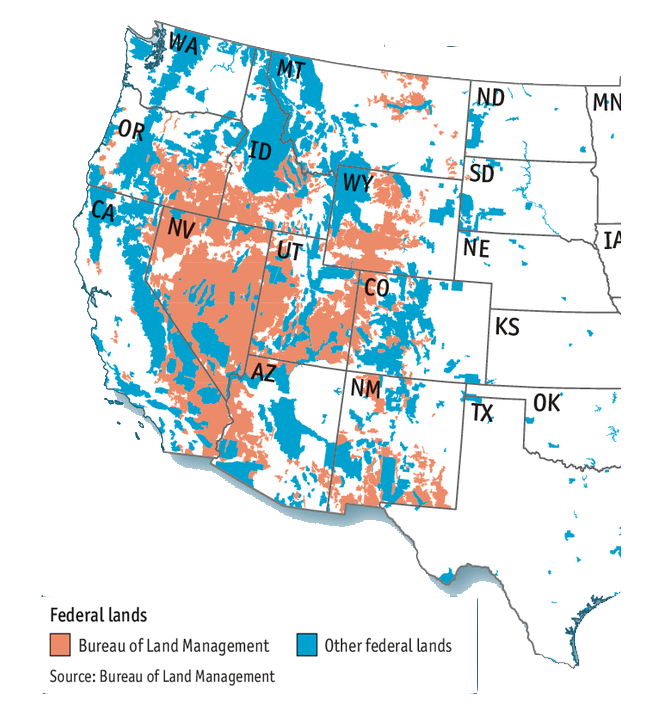
Reference
Gorte, RW, CH Vincent, LA Hanson, and MR Rosenblum. 2012. Federal Land Ownership: Overview and Data Congressional Research Service. Congressional Research Service Report for Congress 7-5700. R42346. Washington DC, USA.
